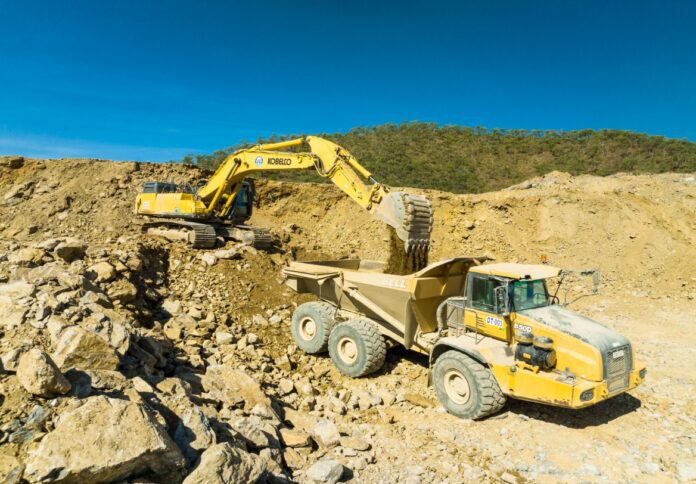
Two Australian manufacturers are revolutionising mining operations through the use of spaceborne particles and hyperspectral imaging, significantly enhancing both safety and productivity in the industry.
Backed by the Advanced Manufacturing Growth Centre (AMGC), mDetect and EQ Resources have developed groundbreaking systems aimed at improving mining operations locally and internationally.
These commercialised products, resulting from two-year projects co-invested by AMGC, are expected to generate substantial job and revenue opportunities onshore, AMGC said in a media release.
In particular, mDetect, a spinout from Swinburne University specialising in astrophysics, has commercialised a system that leverages muons—subatomic particles resulting from cosmic rays—to monitor and map tailings dams.
These muons, often described as heavy cousins of electrons, penetrate deep into objects, providing valuable data on the stability of critical mining infrastructure.
Supported by $248,191 in co-funding from AMGC’s Commercialisation Fund, mDetect has trialled its muography-based imaging system at Oz Minerals (now part of BHP).
The company collaborated with Swinburne for development, documentation, design for manufacture, and production automation, paving the way for large-scale manufacturing.
“Thanks to AMGC, we’ve gone from idea to impact, developing our product for commercial sales, securing key agreements, and designing for scalable manufacturing,” said Dr Jerome Donovan, co-founder of mDetect.
He added, “With high-profile partnerships secured, mDetect is set to revolutionise global industries and enhance mining safety.”
This project is expected to generate $7.7 million in revenues within five years and has already created new jobs at mDetect.
Dr Jens Goennemann, managing director of AMGC, praised mDetect’s innovation: “An Australian manufacturer harnesses the power of space to protect lives on Earth. That’s Australian manufacturing at its best—globally relevant, collaborative, and highly complex. mDetect is truly a leader in their field, poised to make a global impact.”
Meanwhile, EQ Resources (EQR), owner of the Mount Carbine Tungsten Mine in North Queensland, has developed a method to identify and extract tungsten from previously unviable mining waste using hyperspectral imaging.
This innovation is critical, as tungsten is a key element used in space, defence, and renewable energy sectors, with 85 per cent of global supply currently sourced from China.
AMGC supported EQR with $600,000 in co-investment to recover tungsten from mine waste stockpiles and low-grade deposits.
The project incorporated hyperspectral imaging sensors, AI-assisted decision-making, and X-ray sorting technology, involving partnerships with Mt Carbine Quarrying Operations, Plotlogic, Tomra, Cronimet, and the University of Queensland.
Since the project’s completion, it has created 20 new jobs, upskilled 30 employees, and generated an additional $3.6 million in revenues.
Kevin MacNeill, CEO of EQ Resources, highlighted the impact of AMGC’s support: “Early co-investment form AMGC allowed EQ Resources to accelerate the commercial development of our technology, furthermore it gave us the credibility to apply for follow-on programs and secure a $6 million grant from the Critical Minerals Accelerator Initiative to move from pilot to operational scale.”
“EQ Resources’ hyperspectral imaging technology demonstrates that there is still significant life in historical mines where waste piles are mountains of opportunity—130-year-old piles of tungsten-containing waste,” added MacNeill.
Dr Jens Goennemann emphasised the broader implications: “From lighting and heating our homes to forging a path to space, tungsten is a crucial element in modern life. By re-evaluating historical resources, EQ Resources can extract greater value from materials long thought unusable, both here in Australia and abroad.”



















